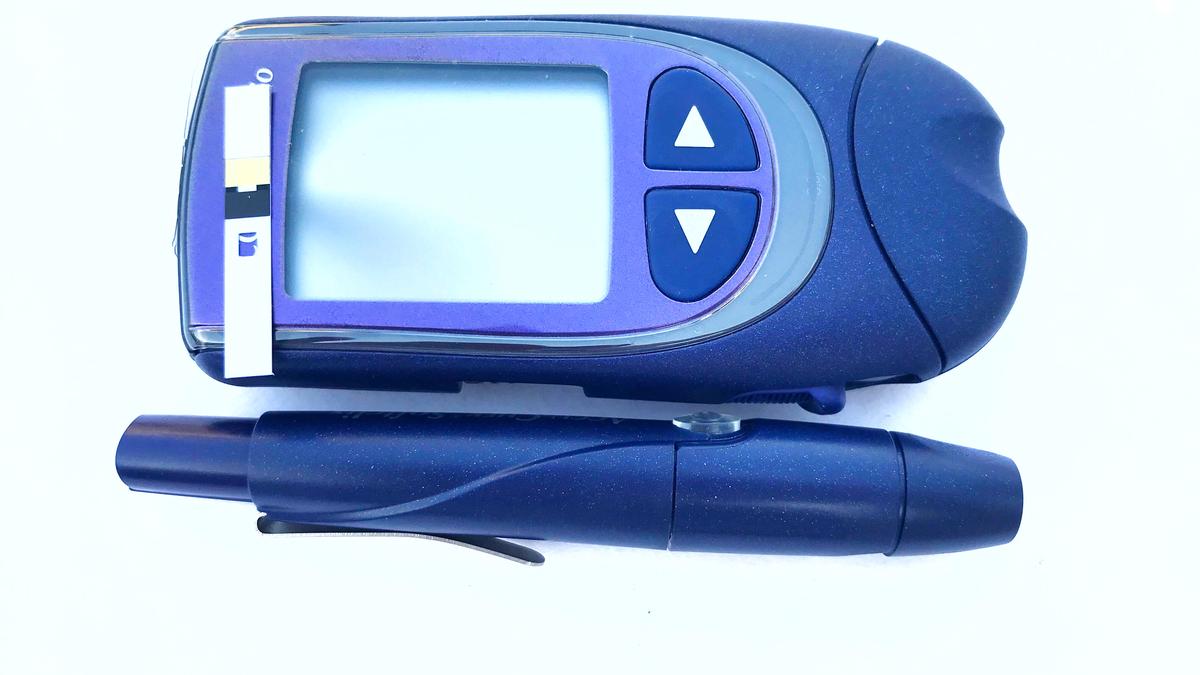Decoding that pain in the neck

The neck is an important but underrated part of the body. It keeps the 4.5kg head aligned with the rest of the body — a vital role that exposes it to stress and strain. This is borne out by the fact that the lifetime prevalence of a significant episode of neck pain is 40 to 70% — a staggering number. While 65% recover within one year, relapses can occur. Neck pain has been ranked as the fourth most common cause of disability, and its incidence increases with age.
Here is how neck pain and its different causes, can be understood.
How is neck pain evaluated?
A proper assessment of neck pain should start with a detailed history. This should include mode of onset, aggravating factors, duration, location of the pain, presence or absence of radiation, recent or remote injury, recent or present infection, exposure to contagious disease and other associated problems.
A local examination includes looking for curvature of the spine, local bony deformity, cutaneous markers (skin changes) and localised bony tenderness on palpation. A physical examination includes checking the alignment of the head and neck, observing range of motion, inspecting and palpating the neck and supporting muscles, to check for tenderness and signs of strain. Movements of the neck should not be tested if there is the slightest suspicion of a congenital anomaly or an unstable spine. A detailed neurological evaluation will determine pressure on exiting nerves or the underlying spinal cord, helping arrive at a good differential diagnosis. Investigations, based on possible red flags, should be customised to achieve a specific end.
Clinical judgement and wisdom are required to avoid unnecessary investigations. While neck pain is common in the elderly, it should not always be attributed only to age-related changes.

Sudden pain
An acute, sudden onset of severe neck pain requires an emergency evaluation especially if associated with sharp shooting radiating pain to the hand or weakness of the hands. This could be due to cervical disc prolapse or an infection in the disc space. In children, an abscess behind the pharynx should be considered. Pathology in the cervical vertebrae or in and around the spinal cord in the neck, could also present with localised neck pain. This includes tumours of the vertebrae in the neck — benign or malignant, including secondary deposits. In yesteryears, TB of the spine and even excessive deposition of fluoride (fluorosis) in endemic areas were thought of. Neck stiffness associated with pain in the back of the head could be an ominous sign of bleeding in the brain (sub arachnoid hemorrhage due to the rupture of a blood vessel aneurysm). If associated with fever, meningitis needs to be considered.
Trauma can result in the damage of muscles, ligaments, discs, vertebral joints and nerve roots, causing neck pain. A whiplash injury during automobile accidents is a common cause. In the elderly, age-related wear and tear producing degenerative changes in the cervical spine and intervertebral disks, can cause neck pain. Wearing down of the joint cartilage and narrowing of spaces in the spine (spinal stenosis) can also lead to neck pain.
Appropriate imaging and other relevant tests should be requested only if a clinical diagnosis has been made. X- rays are primarily required to evaluate bony pathologies. An MRI can reveal problems with the soft tissue, nerves, bone marrow and spinal cord. It can also reveal a slipped disc, signs of infection and masses such as cysts or tumours.

Red flags
Neck pain occurring after an accident, associated with difficulty in passing urine, persisting when still, and aggravated with movement are red flags. Accompanying headache, dizziness, nausea, vomiting, fever, numbness or tingling in arms, shoulders or legs should be taken seriously. Inflammatory and autoimmune diseases (rheumatoid arthritis, ankylosing spondylitis, polymyalgia rheumatica) can also present as neck pain.
Management
Only 20% of those with neck pain actually seek medical care. Temporary discomfort is accepted, and home remedies often suffice. Symptomatic management includes the use of topical analgesics, paracetamol, muscle relaxants and NSAIDS. Acute neck pain due to local muscular strain/sprain generally resolves with symptomatic treatment.
Specialist surgical procedures, if deployed in properly-selected cases, give excellent results.
Preventing neck pain
Practicing good posture — which involves keeping the shoulders aligned, back straight avoiding slouching and straining — particularly when constantly using mobile phones, tablets and laptops is critical. Adjusting seats in the car to maintain good posture is often overlooked. Using a pillow appropriately ensures head and neck are aligned with rest of the body, when sleeping. Occasional breaks to move around and stretch the entire body, including neck muscles are recommended, if sitting for long periods. Mental stress can lead to inadvertent tightening of neck muscles leading to stiffness and pain. This is realised only when the neck hurts. Poor posture and obesity can affect alignment of the spine, contributing to neck pain.
The neck does a lot of work for the body: doing some work, to keep it in good shape, can go a long way towards avoiding neck pain.
(Dr. K. Ganapathy is a distinguished professor at the Tamil Nadu Dr. MGR Medical University and past president of the Neurological Society of India and the Telemedicine Society of India. drkganapathy@gmail.com)
Published – November 06, 2025 07:25 pm IST




